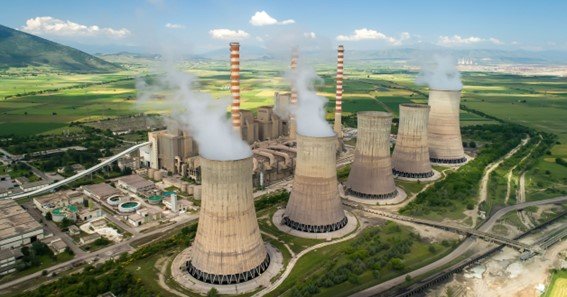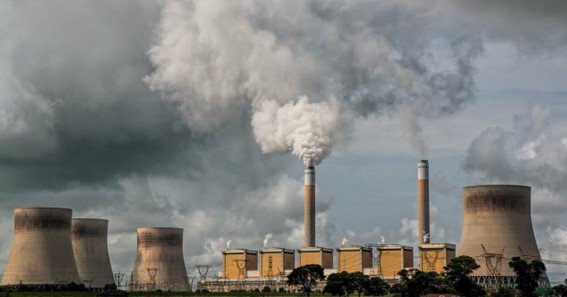Thermal pollution in rivers occurs when industries, such as power plants and factories, discharge heated water back into natural water bodies, disrupting the temperature balance of ecosystems. This temperature rise has significant negative effects on aquatic life and biodiversity. To combat these environmental impacts, governments have introduced thermal pollution regulations aimed at reducing the harm caused by industrial activities.
What Is Thermal Pollution In Rivers?
Thermal pollution refers to the unnatural warming of water bodies, primarily caused by industrial discharges. Factories and power plants use water to cool their machinery and then release the heated water back into rivers, lakes, or oceans. The resulting temperature increase disrupts the aquatic environment, making it difficult for species to survive in their natural habitat. In particular, fish and other aquatic organisms, which are highly sensitive to temperature changes, suffer from reduced oxygen levels and disrupted breeding cycles.
The Importance Of Thermal Pollution Regulations
Thermal pollution regulations are critical in minimizing the negative impacts on river ecosystems. Regulatory bodies, such as the Environmental Protection Agency (EPA), enforce rules that limit the temperature of discharged water from industrial sources. These regulations ensure that companies use cooling technologies, such as cooling towers and cooling ponds, to reduce the temperature of the water before it is released into the environment.
How Thermal Pollution Affects Aquatic Life
The primary effect of thermal pollution is the reduction in dissolved oxygen levels in water, which is essential for the survival of aquatic organisms. Warmer water holds less oxygen, leading to “dead zones” where life cannot thrive. Additionally, thermal pollution can cause thermal shock, which occurs when sudden temperature changes harm or kill fish and other aquatic creatures.

FAQ
- What is thermal pollution in rivers?
Thermal pollution occurs when industries release heated water into rivers, raising water temperatures and harming aquatic ecosystems. - How does thermal pollution affect aquatic life?
It reduces dissolved oxygen levels, disrupts breeding cycles, and may cause thermal shock, leading to the death of fish and other organisms. - What are thermal pollution regulations?
These are laws and guidelines set by environmental agencies to limit the temperature of industrial water discharges, ensuring ecosystems remain balanced. - How do industries control thermal pollution?
Industries use cooling towers, cooling ponds, and other technologies to lower the temperature of water before discharging it into rivers. - Why should we care about thermal pollution?
Thermal pollution affects biodiversity, water quality, and the overall health of aquatic ecosystems, making it essential to control for environmental sustainability.










